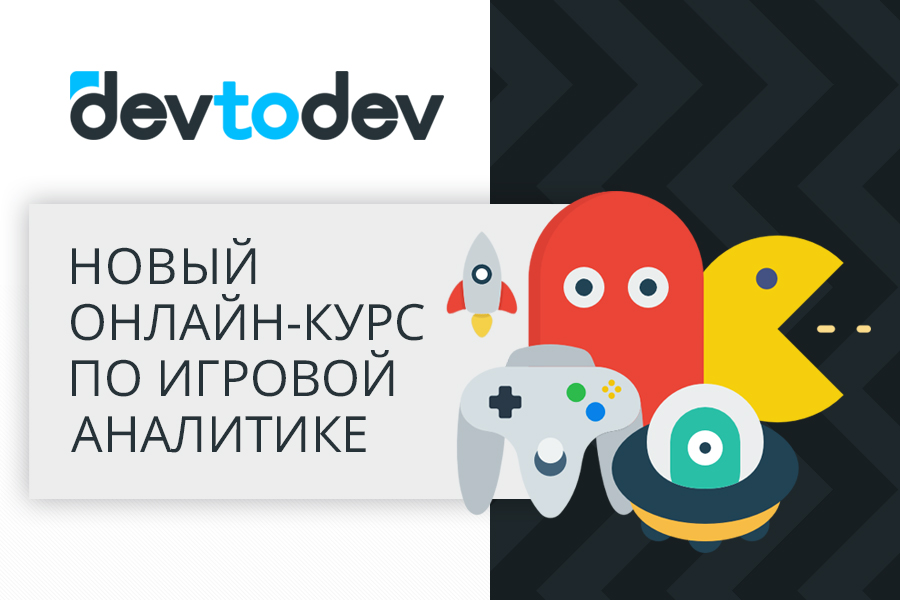Is it necessary to monitor the average duration of the session and what it gives, – says devtodev analyst Vera Karpova in our series of materials “Performance indicators of games”.
The publication is published as part of a series of materials about game metrics from App2Top.ru and devtodev. Articles are divided by seasons, each of which is dedicated to a specific topic. The second season is called “Users”. In it, we talk about those business metrics that reflect the effectiveness of the application in terms of working with the audience.

Vera Karpova
Every developer wants the user to stay in his application longer.
It is believed that this indicates his interest and involvement.
Is it really good to keep users in the product for a long time? In what ways can this be assessed?
Let’s figure it out.
The metric that characterizes the user’s time in the application is called the average session length and is calculated using the formula:
Average session length = total sessions length / number of sessions
Almost all analytical services calculate this indicator, however, it is called differently everywhere.
You can find such names as session duration, session length or visit duration.

The very principle of calculation is also often very different.
Some services consider the session to be the time of application activity when it is in focus (running and open on the screen), others find the difference between the time of the first and last action. However, another feature is that services work differently with session interrupts. Sessions can be terminated automatically after a certain period of inactivity in case of application closure or loss of focus.
For example, in devtodev, the duration of the session is considered the time of application activity – when it is in focus. If focus is lost for more than 10 minutes, the session is considered completed.
Therefore, when using this metric, it is worth studying the documentation in order to understand for sure what it means.
Another nuance of the calculation is that this metric is calculated as an arithmetic mean, which means that it may be distorted by incorrect data. Let’s say most of the users spend from 10 to 20 minutes in the application, but several users logged into the application, were distracted by something and their session as a result lasted 45 minutes. Here’s how the result will change if there are such users:

Therefore, it is worth bearing in mind that extreme values will affect the final result.
It would not be superfluous to apply segmentation to this data. It is possible that users who come from different sources or use different devices have different session duration. It is likely that both the behavior and their payments in the product will be different.

What should be the duration of the session?
There is no definite answer to it. The fact is that all applications are quite different, as is their purpose. Based on this, users spend different amounts of time in them. For example, a session in a dictionary is unlikely to last long – the user just needs to find out the meaning of a word, and listening to music through an application or working in a graphic editor can take several hours.
Therefore, it does not make sense to compare the session lengths of different applications, but within the same genre, a comparison may be appropriate.
You can often find such a dependency – the more sessions, the shorter they are, and if users have quite long sessions, it is unlikely that there will be many of them. In this case, rather, the frequency of sessions will indicate the user’s interest and habits in using the application. If it really exists and the user reaches for the application every free minute, then the duration of the session no longer plays such an important role.
However, it is worth evaluating the duration of sessions from the point of view of common sense – if most of them have a duration, for example, up to 10 seconds, and during this time it is impossible to do anything in the application, then it is worth considering what makes users leave the application so quickly.
It is hardly possible to talk about a direct close relationship between the duration of sessions and income. However, this indicator still allows us to draw some conclusions.
For example, if the duration of sessions increased after the release, this may indicate that the release was successful, and users were forced to stay in the product longer. And if this is the case, and user interest has increased, then this means that financial metrics should most likely increase, and with them retention.

Or vice versa, the session duration has increased because the new interface has become less understandable to users. Then it can affect the same metrics, only in the opposite direction.
It turns out that the average duration of sessions by itself can say little about the product if you analyze it in isolation from its genre, features, as well as other financial and behavioral metrics that will more unambiguously help assess user behavior and their involvement. Nevertheless, changing this metric can be a good signal for analyzing the latest changes and their impact on the product and its metrics.

